
The AI Advantage for Product Managers – Part 3
In the final part of our three-part series on the AI Advantage for Product Managers, we’ll explore interacting with AI, how things are evolving, and the guardrails to consider for safely using AI in your organization.
The evolving world of AI interaction
At the time of writing, the common human way to engage with AI involves opening a chat window or app and starting a conversation. During these interactions, you can upload documents, audio, videos, and images, which then become part of the conversation’s context (think of this as ongoing memory). As you continue the dialogue, the AI refers to the earlier inputs, creating a seamless experience. Quite recently, conversations with the OpenAI ChatGPT mobile app, have extended to speaking and listening to the AI as you would with another human – and even providing video input of your surroundings! See this short OpenAI demo to see where the technology is headed.
However, there is a catch. For example, you might be discussing a new feature in one chat session, while strategizing a go-to-market plan in another session — the problem is that these conversations don’t talk to each other. What’s shared in one remains isolated, which can be a challenge.
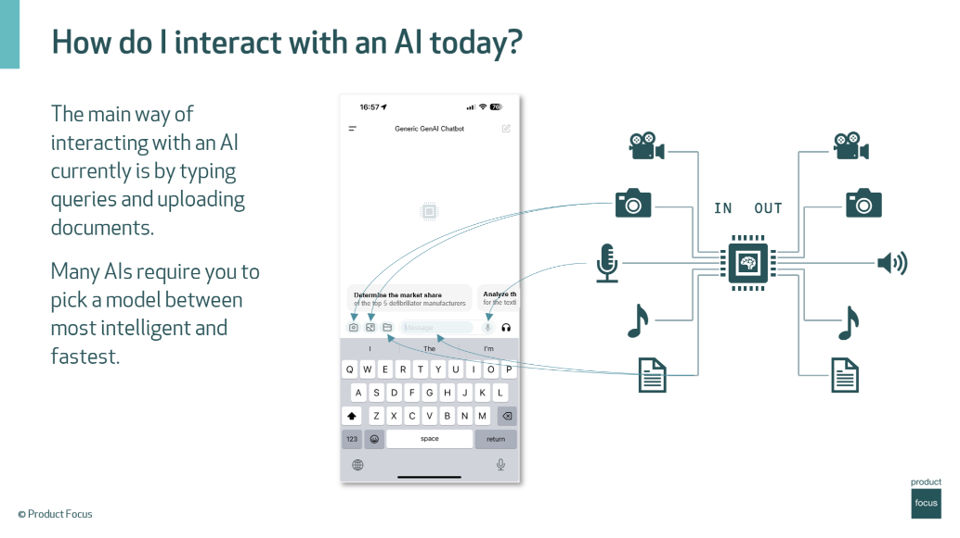
Figure 1 – Multimodal AI interaction methods
The Science (or Art) of Prompting
This is where the art of crafting a solid prompt comes into play – prompts are a well-formed written input to the AI. A well-built prompt is your key to unlocking the full potential of AI. Focus on clarity, provide context, clearly define your goals and desired outcomes, and avoid ambiguity. LLMs (Large Language Models) are fantastic at predicting the next word but aren’t always forward-thinking.
Breaking down tasks into manageable steps often results in richer, more detailed responses—a technique known as the chain-of-thought approach. You can also guide the AI’s style by offering examples or even samples of your own writing. Encourage the AI to ask questions by simply inviting it to do so, ensuring it has all the information it needs.
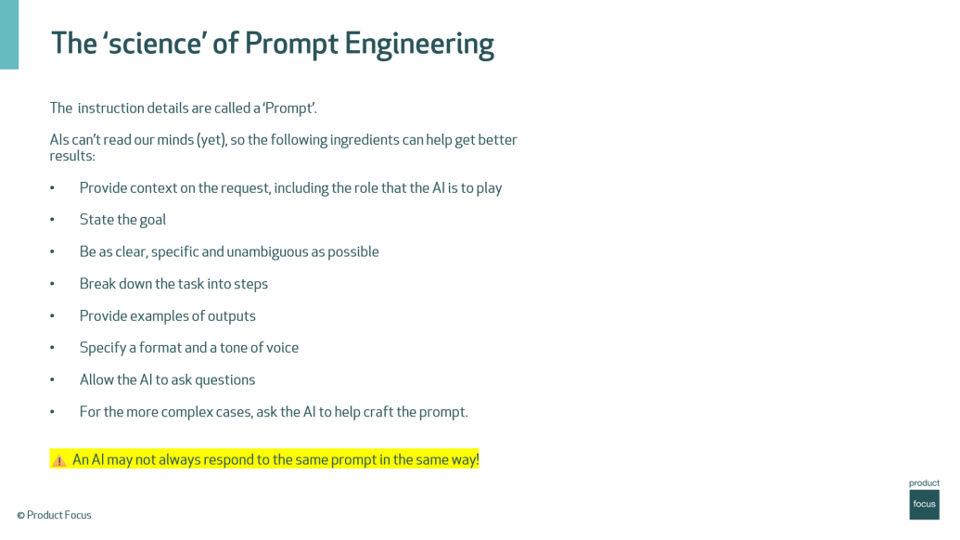
Figure 2 – Tips for effective AI prompting
For more complex tasks, consider this ‘meta-approach’: ask the AI to generate the prompt it will best respond to. But here’s something to keep in mind—AI responses aren’t always consistent. Try asking the same question multiple times in different conversations, and you’ll notice variations. This randomness is part of how the AI models work, making it crucial to double-check the information it provides.
Tip: We walk through some prompting examples in our AI for Product Managers webinar with Cyril Le Roux.
Deeper AI Integration into the OS and your context
Now, here’s where things get exciting. The way we interact with AI is changing quickly. While today’s interactions mostly happen in isolated app-based conversations, the future lies in AI tools integrated directly into your device’s operating system. This shift is already happening, and it’s expected to be a game-changer.
Imagine an AI that knows your emails, Jira tickets, product documentation, customer feedback, and all the files on your drive—it’s context-aware, so you won’t have to start from a blank slate. It’s already an expert in your knowledge base specific to your context. This integration allows AI to become more intelligent and automate tasks more effectively. For instance, it might draft a response to an important email, and all you need to do is review and tweak it. Soon, you’ll see in-context options to summarize, create, or extend content—enhancing productivity like never before.
And there’s more—keeping AI within the operating system adds a layer of security. Tasks can be processed locally, reducing the risk of data exposure and making everything a little bit safer.
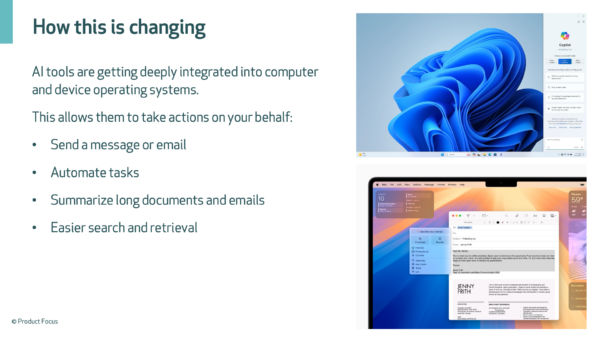
Figure 3 – The future of AI interaction is enhanced with deep integration into your OS and user context
AI Guardrails: staying safe
As with many powerful technologies, some guardrails (safeguards) are essential when working with AI. While legal concerns are critical, the broader responsibility for using AI safely in products or practices lies with the user. Many users won’t pay attention until something goes wrong, but by then, it might be too late.
AI’s current stage is reminiscent of when computers first emerged in the 1970s or when the internet started taking off in the 1990s. Initially underestimated, these technologies soon became indispensable, though not without their risks. Each technological revolution has shown that harm can be done if not handled correctly. That’s why safety, security, and ethics must be top of mind, especially from a compliance perspective. For example, there’s a real risk of losing intellectual property if it’s fed into an AI system that might inadvertently share it with the wrong people.
This is particularly important if you’re using AI to create content based on existing work. Consider how much of that intellectual property truly belongs to you. It’s a tricky area that requires careful thought. The same level of scrutiny used for GDPR should also apply to assessing third-party vendors—you should check if services or data provided by them are generated by AI to understand any risks.
Checklist when using AI
Here’s a quick checklist when using AI:
- Safeguard sensitive company or customer information
- Stick to company-approved AI tools
- Double-check facts (since AI can sometimes generate false information), and don’t hesitate to get a second opinion from another AI (or human) if needed
- Always stay in control of the content and be ready to defend and explain any AI-generated recommendations
Lastly, remember that having access to AI doesn’t make someone a product manager. A solid understanding of product management fundamentals is essential.
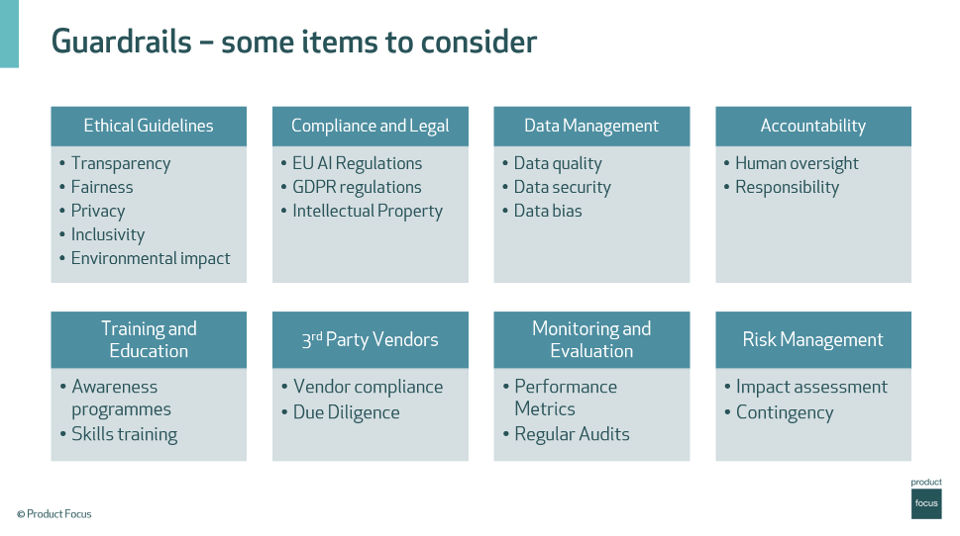
Figure 4 – Some of the guardrails to consider when using AI in your products or using it to enhance your productivity
“Having access to AI doesn’t make someone a product manager. A solid understanding of product management fundamentals is essential.”
EU AI Act – High Level View
The EU implemented safeguards with new legislation which became effective on August 1, 2024. This legislation categorizes AI risks and imposes corresponding obligations:
- Unacceptable risk: AI applications, like social scoring (as seen in China, affecting credit scores based on behavior), are banned in Europe.
- High risk: AI used in critical infrastructure (e.g., flying planes) must implement stringent safeguards.
- Limited risk: AI chatbots for customer service must inform users they’re interacting with AI, not humans.
- Minimal risk: These applications are not regulated.
These regulations will be enforced gradually over the next two years, starting with ‘unacceptable risk’ on February 2, 2025. In contrast, the UK is taking a different approach, likely balancing between the relaxed US stance and the stringent EU regulations. The UK may focus on specific industries and areas rather than broad regulation.
Tip: Regardless of personal views on this, legislation is coming, and staying informed is crucial to remain compliant – if you haven’t done so already, it’s probably an ideal time to review any AI usage in your product with your legal team.
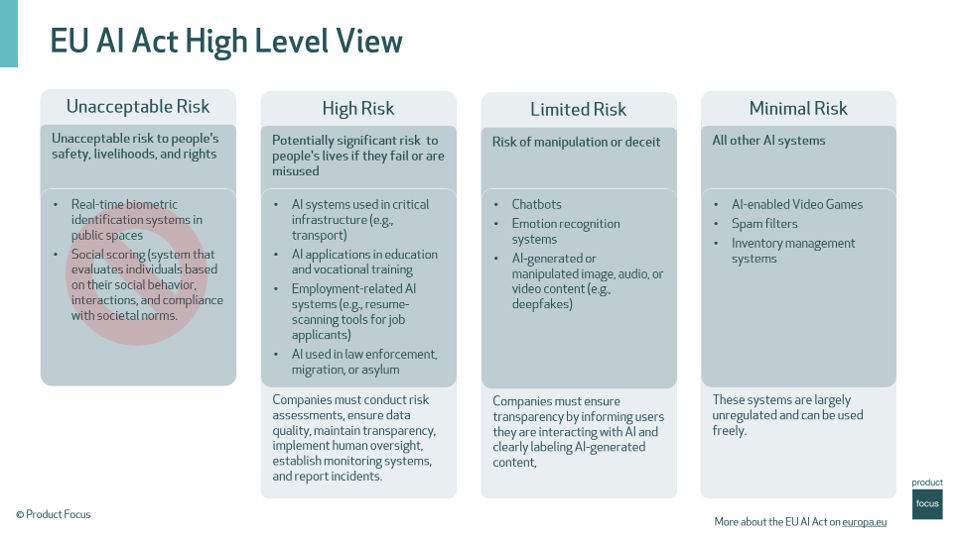
Figure 5 – Overview of the EU AI Act risk categories
Future Outlook
The future of AI in product management looks promising for competent product managers who understand their craft – many will harness the productivity-enhancing potential of AI to assist them. Here’s some things we might expect:
- More integrated AI tools designed for product management tasks
- Improved speed, accuracy, and capabilities of AI models
- Greater emphasis on AI literacy in product management roles
- Potential shifts in job roles, with more focus on strategic thinking and AI oversight
Key Takeaways
- AI has the potential to boost productivity and quality in product management
- Understanding both AI and product management fundamentals is crucial
- AI can be applied across various stages of the product management lifecycle
- Consider both the benefits and risks when implementing AI in your work
Learn more
This blog series (part 1, part 2, part 3) illustrates some important lessons from our webinar with Cyril Le Roux, a Product Focus Senior Consultant. He has over 20 years of product management experience, mainly across Telecoms, eCommerce, Marketplaces (in real estate, trades, and print on demand), and FinTech.
Don’t forget to register for free, to receive access to the Product Focus Toolbox – get access to an online curated library of world class resources for product managers: whitepapers, infographics, journals, and more…
Ideas and feedback?
Please let us know how you’re using AI in your product or product management activities – what’s working, what’s a challenge and where are you finding success?


Leave a comment